When it comes to tire brands, the debate of Kumho vs Pirelli has sparked a lot of interest among enthusiasts and everyday drivers alike.
In this post, I’ll delve into the details, comparing these two renowned names in the industry.
From their rich histories to their performances in dry, wet, and snow conditions, we’ll explore their mileage warranties, average lifespans, prices, and weigh the pros and cons.
By the end, you’ll discover which brand takes the crown as the better choice overall.
Let’s dive in!
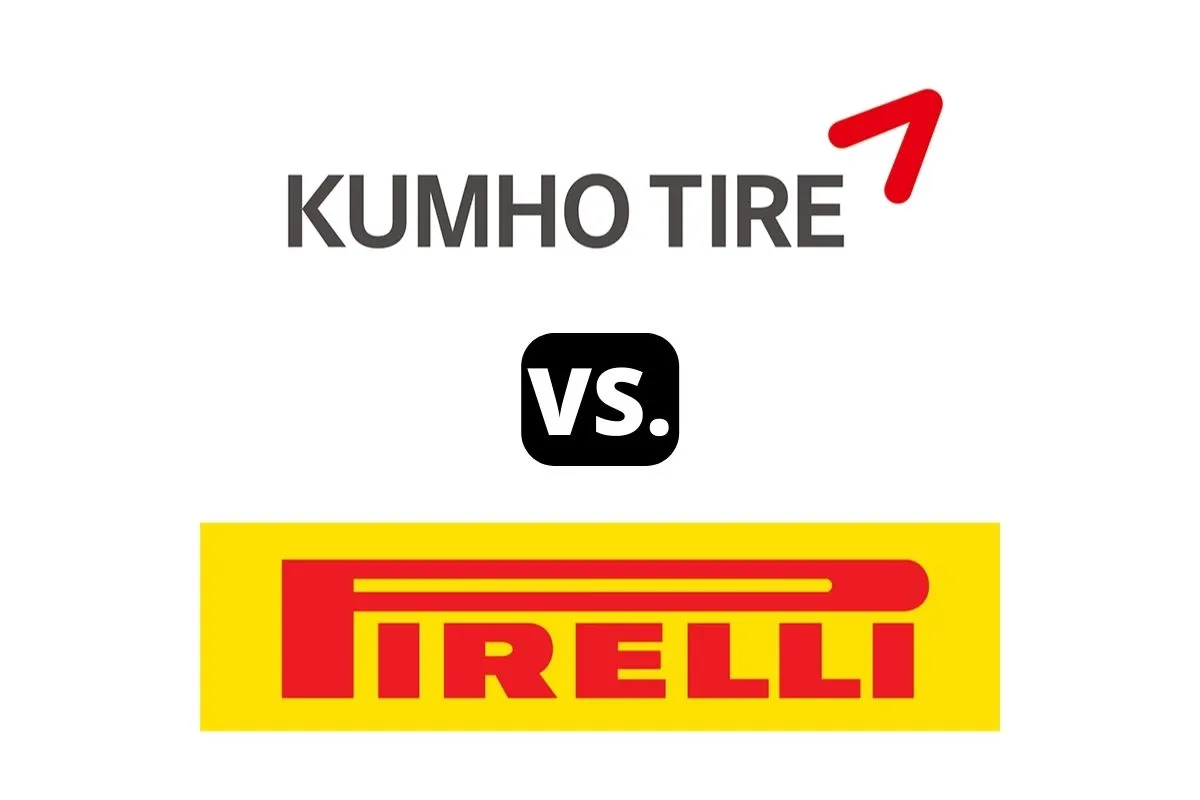
Kumho vs Pirelli – Comparison Table
| Kumho | Pirelli | |
| Country of Origin | South Korea | Italy |
| Year Founded | 1960 | 1872 |
| Made In | South Korea, or in China or Vietmnam | Rome, GA, Hanford, CA, Madison, TN, or internationally in Brazil, Mexico, Romania, or Venezuela |
| Parent | Doublestar (China) | Pirelli & C. S.p.A. (Italy) |
About the Brands

1. Kumho
Kumho Tire is a renowned tire brand founded in 1960 in South Korea. It is a subsidiary of the Chinese tire conglomerate Doublestar.
The company has a rich history of innovation and excellence in the tire industry.
Over the years, Kumho has established itself as a global leader, providing high-quality tires for various vehicles.
Since its inception, Kumho has focused on research and development to create cutting-edge tire technologies.
They have continuously invested in improving performance, safety, and environmental sustainability.
The brand’s commitment to quality has earned them recognition and numerous awards.
Kumho’s tire range covers a wide spectrum of applications, including passenger cars, SUVs, trucks, and racing vehicles.
They offer a diverse selection of tires known for their durability, traction, and excellent handling capabilities.
With a strong global presence, Kumho has built a reputation for delivering reliable and innovative tires that meet the needs of drivers worldwide.
Mostly Known for Manufacturing Tires For:
- Passenger cars
- High-performance cars
- SUVs (Sport Utility Vehicles)
- Crossovers
- Light trucks
2. Pirelli
Pirelli, an iconic tire brand, was founded in Italy in 1872.
Originally named “G.B. Pirelli & C.”, the company started as a small rubber goods factory in Milan.
With a vision for innovation, Pirelli quickly expanded its operations and began producing bicycle tires.
In 1901, Pirelli introduced its first automobile tire, marking a significant milestone in its history.
Over the years, Pirelli continued to grow and diversify its product range, becoming a renowned global leader in the tire industry.
The brand’s commitment to cutting-edge technology and high-performance tires earned it a reputation for excellence.
Pirelli tires were even chosen as the official tires for the Formula One World Championship, showcasing their unparalleled performance on the racetrack.
Today, Pirelli is a subsidiary of Pirelli & C. S.p.A., headquartered in Italy.
The company remains dedicated to pushing the boundaries of tire technology, constantly innovating to meet the evolving needs of drivers worldwide.
With a rich heritage spanning over 150 years, Pirelli continues to be synonymous with quality, performance, and Italian craftsmanship.
Mostly Known for Manufacturing Tires For:
- Passenger cars
- SUVs (Sport Utility Vehicles)
- Light trucks
Differences
1. Dry Performance
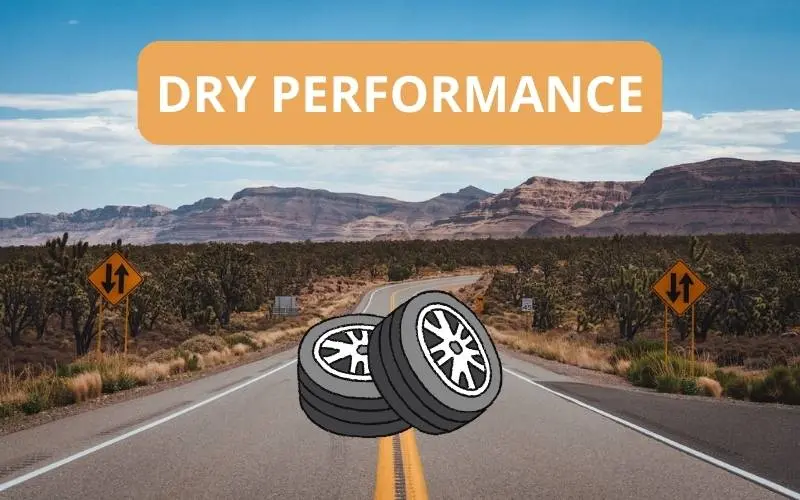
I’m going to compare the performance of two summer tires as they are the ideal type in dry weather.
I’m taking a look at the Kumho Ecsta PS91 vs the Pirelli P Zero.
In my evaluation of the Kumho Ecsta PS91 and the Pirelli P Zero, I rate the Kumho Ecsta PS91 with a dry performance score of 4.6 out of 5.
Its exceptional grip, responsive handling, durability at high speeds, and track-inspired performance contribute to its strong dry performance capabilities.
On the other hand, the Pirelli P Zero receives a rating of 4.3 out of 5 for its precise handling, excellent dry grip, and sporty performance.
While both tires excel in dry conditions, the Kumho Ecsta PS91 takes the lead with its slightly higher rating, making it the better option for dry performance.
2. Wet Performance
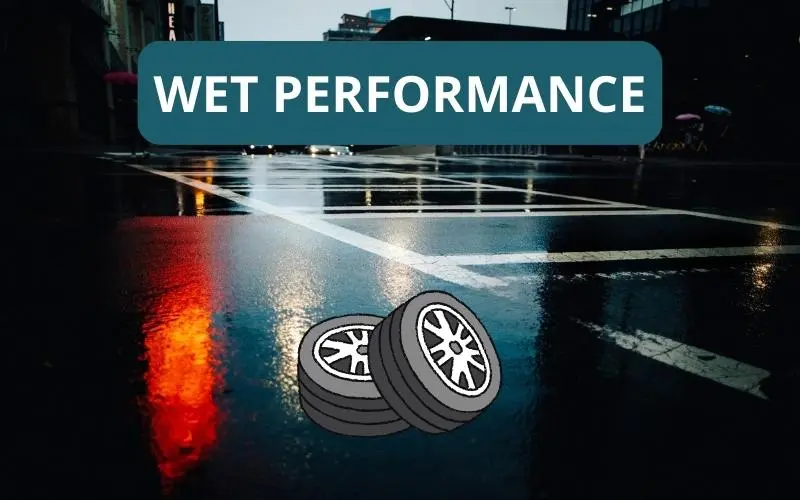
For the wet performance, I’ll be comparing the Kumho Solus TA71 vs the Pirelli P Zero All Season Plus.
In my evaluation, I rate the Kumho Solus TA71 tire’s wet performance at 4.1 out of 5.
While it offers decent wet traction with an asymmetric tread design and wide grooves, mixed reviews about sudden breakaway affect its overall rating.
On the other hand, the Pirelli P Zero All Season Plus tire receives a 4.5 out of 5 for wet performance.
Its excellent all-season traction, solid control, and positive reviews in wet conditions make it a strong contender.
Therefore, the Pirelli P Zero All Season Plus tire emerges as the better choice for wet performance.
3. Snow Performance
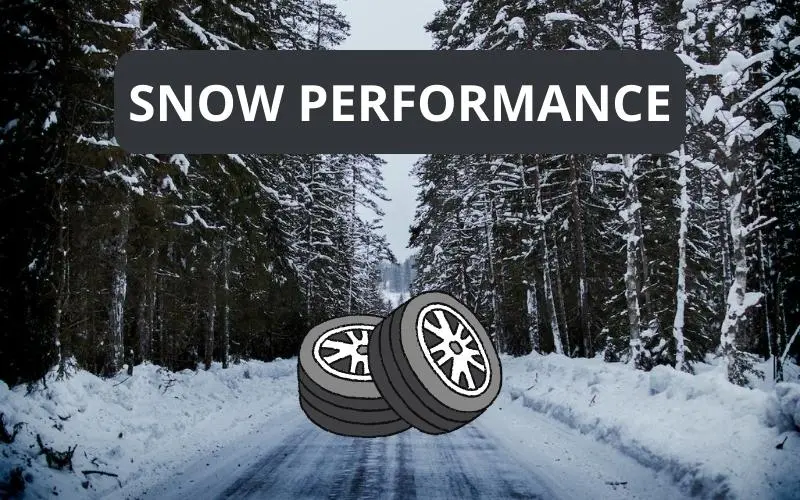
We all know that you need dedicated winter tires if you’re going to be driving on harsh winter conditions.
That’s why I’ll be comparing the snow performance of two specialized winter tires – Kumho WinterCraft WP71 vs Pirelli Winter Sottozero 3.
In my evaluation, I rate the Kumho WinterCraft WP71’s snow performance at 4.4 out of 5.
It offers reliable performance with a uniform block design, premium touring winter tire classification, directional tread pattern, and good handling and stability.
On the other hand, the Pirelli Winter Sottozero 3 receives a 4.6 rating for its exceptional snow performance, highlighted by excellent traction and handling on snowy roads.
Its ability to perform well in various conditions further strengthens its score.
Therefore, I declare the Pirelli Winter Sottozero 3 as the better tire for snow performance, albeit by a narrow margin.
4. Mileage Warranty and Tread Life
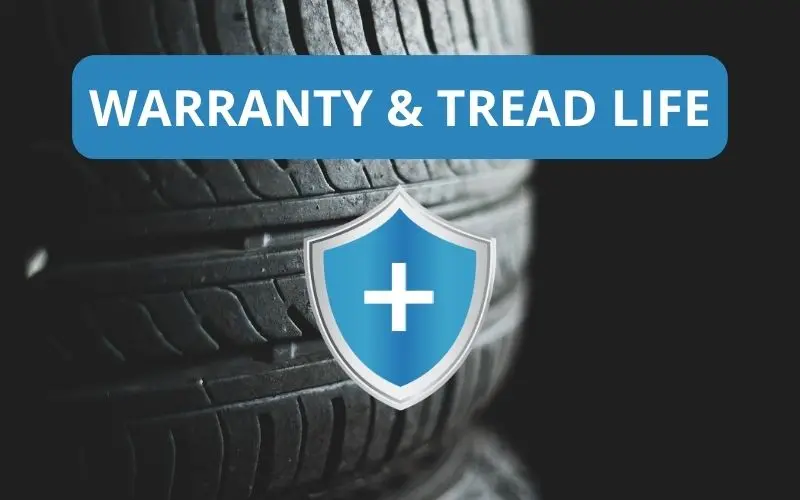
| Kumho | Pirelli | |
| Treadwear Warranty | Replacement for unserviceable tires with more than 2/32″ tread remaining | up to 65,000 miles tread life warranty |
| Average Tread Life | Kumho tires are known for their long-lasting performance, with most of their tires lasting from 60,000 to 80,000 miles. | Pirelli offers a range of tire models, with most lasting between 45,000 to 65,000 miles. |
Based on my research, the mileage warranty and average lifespan of Kumho and Pirelli tires differ slightly.
Kumho offers a treadwear warranty that replaces tires with more than 2/32″ tread remaining.
On average, Kumho tires last from 60,000 to 80,000 miles.
On the other hand, Pirelli provides a tread life warranty of up to 65,000 miles.
Generally, Pirelli tires have an average lifespan ranging from 45,000 to 65,000 miles.
Both brands offer durability, but Kumho tends to have a longer-lasting performance.
5. Prices
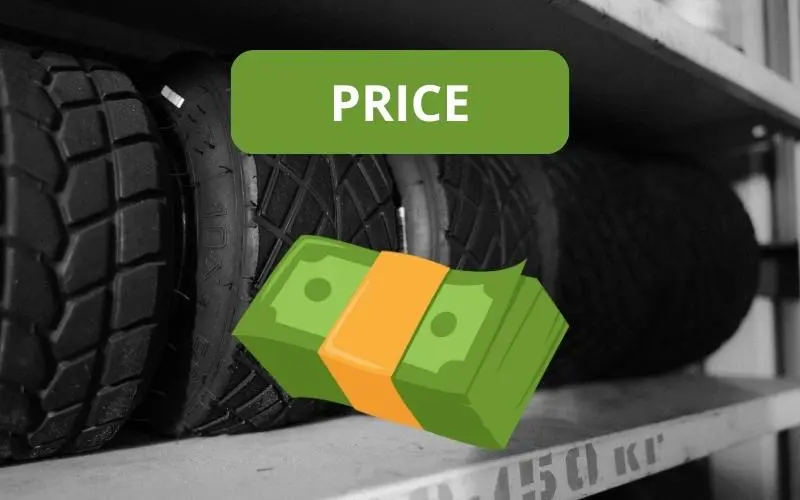
In this section, I’ll be taking a look at the price ranges of both tire brands – Kumho vs Pirelli.
I’ll be using one of the biggest tire and wheel retailers in the US for this comparison – Discount Tire.
Here is a comprehensive table that showcases each brand has to offer:
| Kumho | Pirelli | |
| Average Price Range (Discount Tire) | $54 to $550 /ea | $85 to $1,665 /ea |
| Cheapest Tire (Discount Tire) | Solus TA11 goes from $54 – $158 /ea | Cinturato Winter goes from $85 – $145 /ea |
| Most Expensive Tire (Discount Tire) | Road Venture MT71 goes from $222 – $550 /ea | P Zero Corsa PZC4 goes from $339 – $1,665 /ea |
6. Pros and Cons
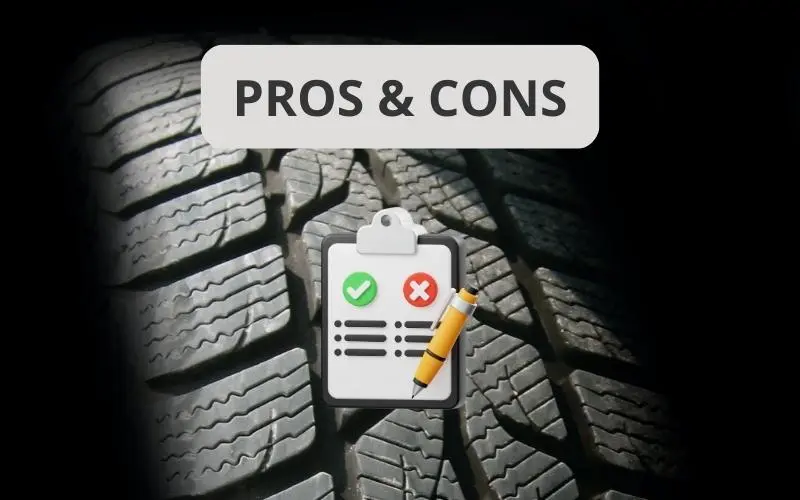
Kumho
| Pros | Cons |
| ✔ They can last a long time aka their tread life is amazing | ❌ Limited market presence |
| ✔ Good value for money | |
| ✔ They offer good performance |
Pirelli
| Pros | Cons |
| ✔ Pirelli is the exclusive tire supplier for Formula 1 | ❌ Some of their tires can get crazy expensive |
| ✔ Pirelli have an overall decent lifespan of their tires | |
| ✔ Innovative technology, such as the EverGrip technology |
7. Popular Tires

Here are some notable tires from Kumho:
- Ecsta PS31
- Solus TA71
- Road Venture AT51
Some of Pirelli’s best tires are shown below:
- P Zero
- Cinturato P7 All Season Plus
- Scorpion Verde All Season Plus
Which Is the Better Brand Overall?

Considering the different criteria, I declare Pirelli as the better pick overall.
While Kumho performs well in dry conditions and offers long-lasting tread life, Pirelli excels in wet and snow performance.
Additionally, Pirelli’s innovative technology and association with Formula 1 add to its appeal.
Although Pirelli tires can be more expensive, their strong performance and positive reviews make them the winner in this comparison.